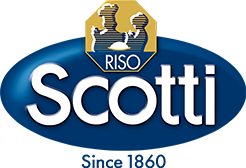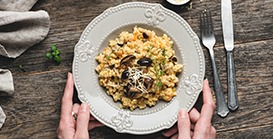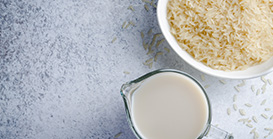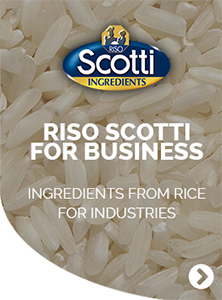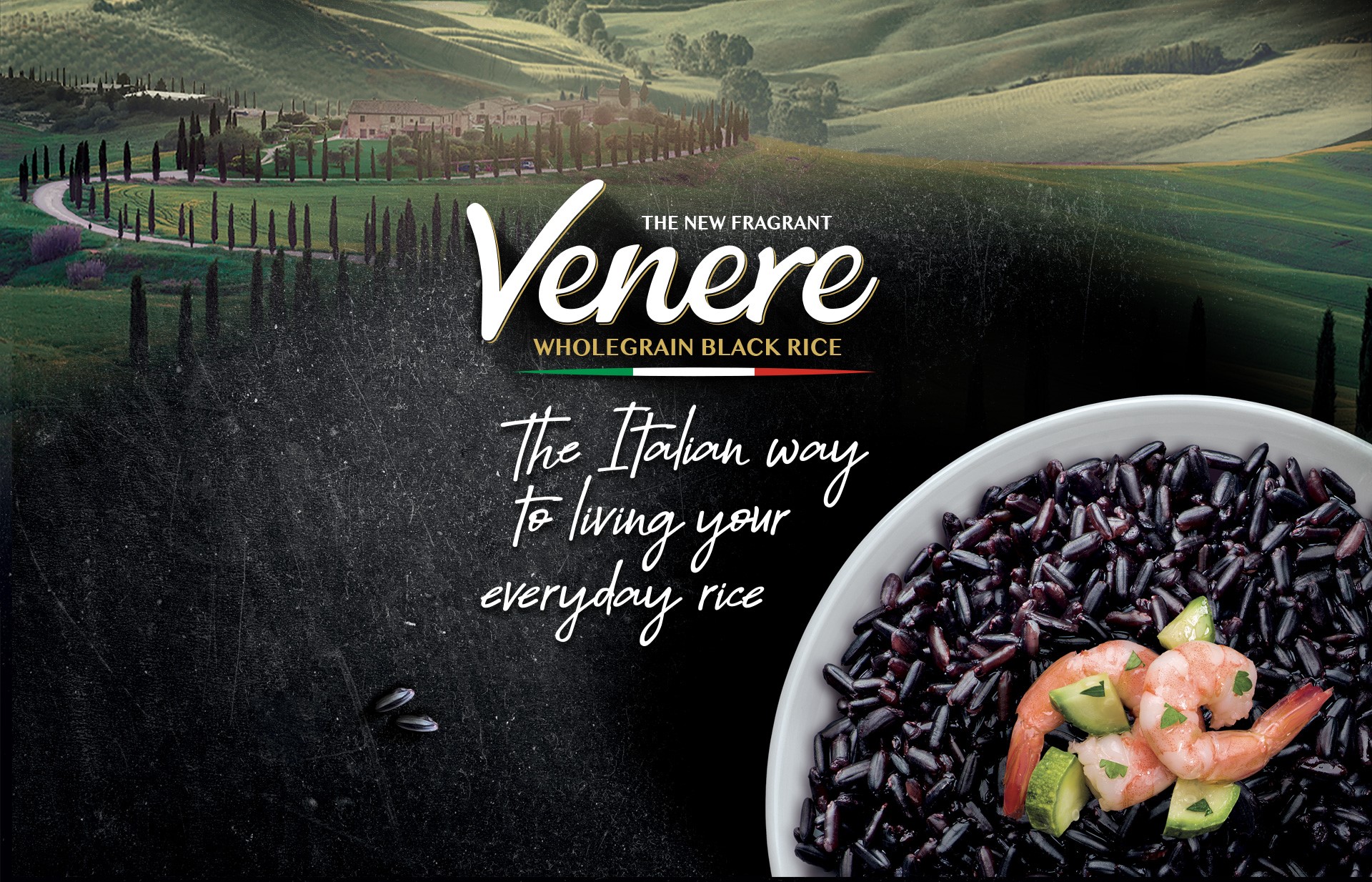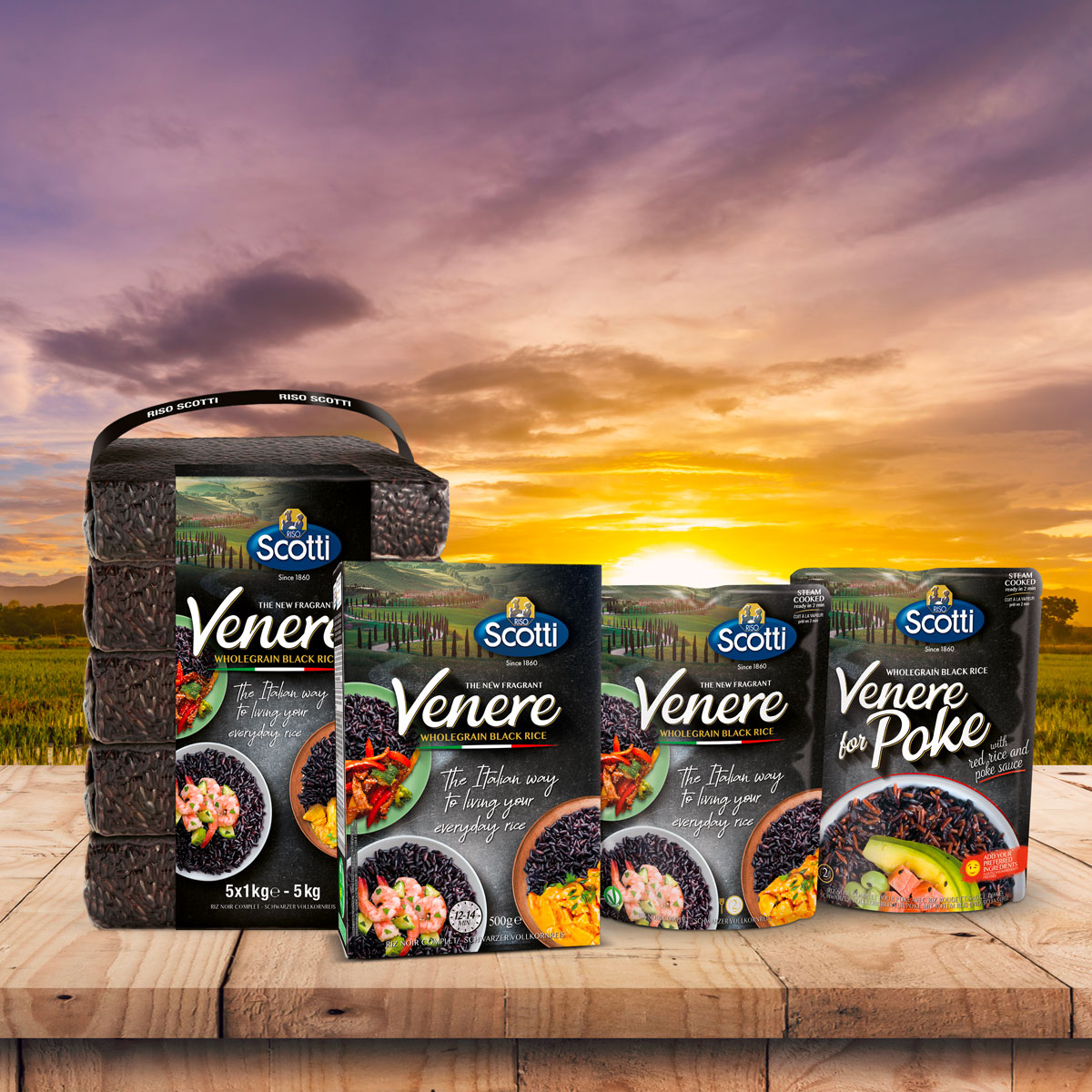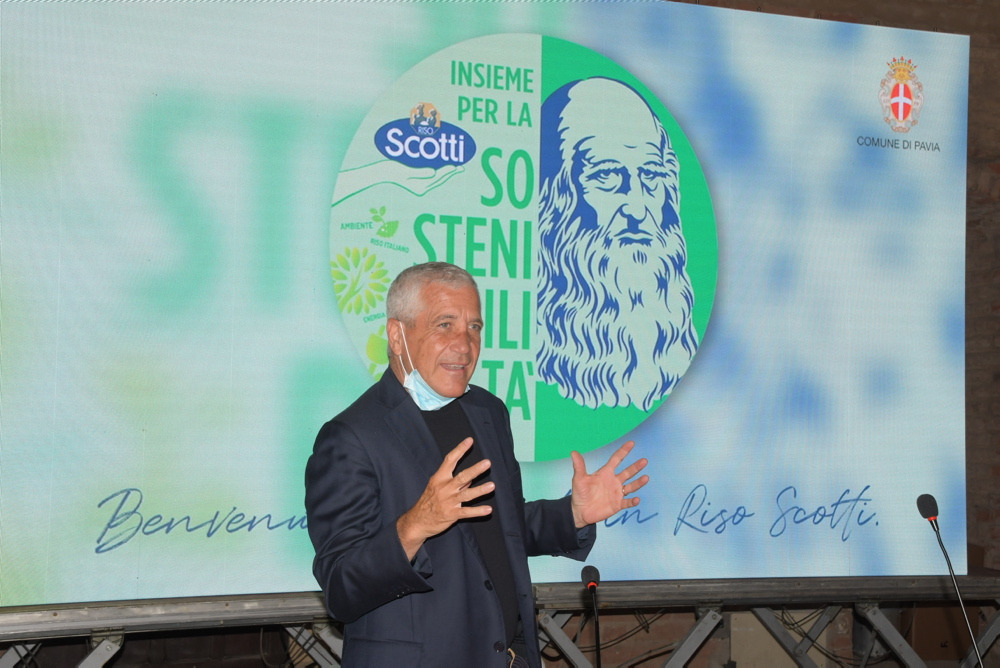INGREDIENTS FOR 4 SERVINGS:
- 320 g Carnaroli rice
- 1/2 small white onion
- 50 ml white wine
- 1 l broth (traditionally either chicken or beef, but a vegetable broth would keep the dish vegetarian)
- 90 g butter, divided
- A pinch of saffron stems
- 1 g of saffron powder (optional)
- 60 g grated Parmigiano Reggiano
PROCEDURE:
- In terms of variety of rice – you need something that can absorb liquids and release starch: I am partial to Carnaroli but Arborio or Vialone Nano would be fine, as well.
- I start by dry roasting the risotto grains, with no fat in the pan. The heat of the pan makes the grains more resistant to cooking. It takes a few minutes – the grains are ready when they’re hot to the touch.
- I add half a glass of white wine and wait until it’s completely absorbed before I start adding hot broth, one ladle at a time.
- In the meantime, I *very finely* chop half a white onion, then I add it in a separate pan with a tablespoon of butter, and I cook it on *very low* heat until it’s soft and translucent. Then I add it to the rice.
- Next is saffron: for my risotto alla milanese I use both powder and stems. The stems have more flavor, while the powder gives more color. I dissolve the saffron in some of the broth then I add it to the pan.
- For the next 15-20 minutes, I only have one job: add hot broth, a ladleful at a time, to the rice and cook slowly, stirring often – but not too vigorously. This will transfer the starch from the rice to the pan, producing a velvety dish. The grains are cooked when they’re not al dente anymore, but still firm.
- Once I take the pot off the heat, it’s time for the crucial step of mantecatura: I add refrigerated butter and grated Parmigiano Reggiano, I stir to incorporate, Then I close the lid and let the risotto rest for a couple of minutes – a crucial step to make the texture as creamy and smooth as possible.
- We call a properly cooked risotto “all’onda”, meaning wavy – you don’t want to see it form a mound on the plate, but also it shouldn’t run across it.


